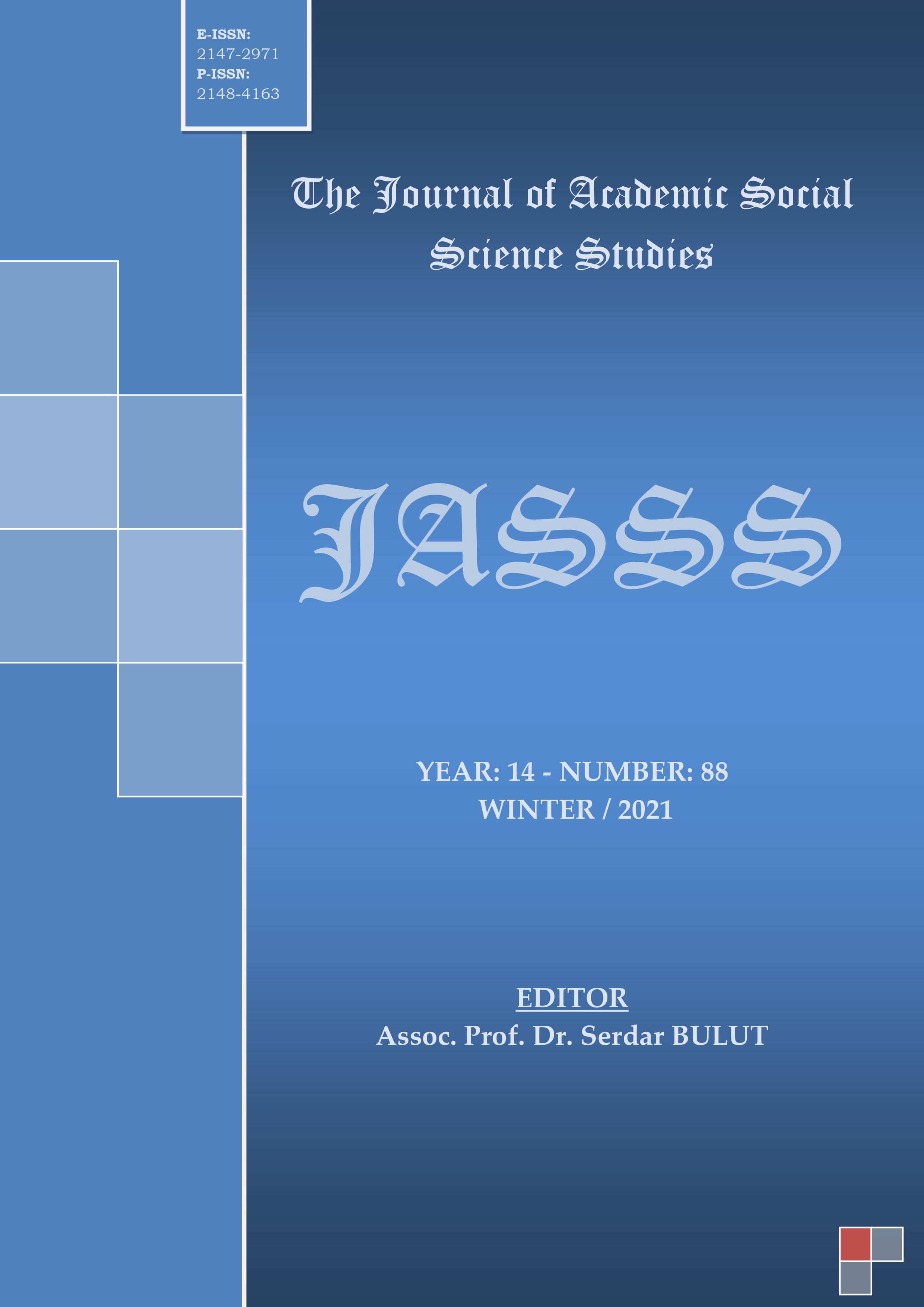Author :
Abstract
Keferdiz, Yavuz Sultan Selim’in Mısır Seferi sırasında Osmanlı topraklarına katılmış, Osmanlı hâkimiyetinden sonra idari açıdan uzun yıllar Maraş’a bağlı kalmıştır. 19. yüzyılın ortalarında Halep’in Kilis Kazasına tabidir. Nahiye, Fırka-i İslahiye’nin 1865’teki ıslah hareketiyle yeni oluşturulan İzziye Kazası sınırlarına dahil edilmiş, 1866’da İslahiye Kaymakamlığı sınırları içerisine katılmıştır. İdari açıdan bağlı olduğu İslahiye, Cebeli Bereket Sancağı sınırlarına dâhil edildiğinden Keferdiz de 1933’e kadar Cebel-i Bereket’e bağlı kalmıştır. Bu bağlılık devam ederken nahiye merkezi Keferdiz’den Sakçagözü’ne taşınmış (1919); 1933’te Cebel-i Bereket Vilayeti ilga olunca da Gaziantep’e bağlanmıştır. Keferdiz adı zamanla geri plana düşerken Sakçagözü ismi ön plana çıkmaya başlamış ve 1969’da Sakçagözü Belediyesi kurulmuştur. Nahiye zaman zaman eşkıyalık olaylarına da sahne olmuştur. 1850’lerde nahiye müdürü Kel Mustafa ile Bulanık Nahiyesi müdürleri İnce ve Ağca Beyler arasında yaşanan çatışmalar Keferdiz’de yağma ve öldürmelere neden olmuş, köyler talan edilmiştir. Kel Mustafa, etrafına topladığı adamlarıyla yağma ve gasp olaylarına girişmiştir. Ancak üzerine asker sevk edilerek adamları dağıtılmıştır. Kardeşleri Ali ve Güllü beyler ise mahkum olmuşlardır. Nahiyeye bağlı köylerde hırsızlık ve gasp olayları Fırka-i İslahiye’nin gelişine kadar devam etmiştir. Sonrasında düzen tesis edilmiştir. Düzen tesis edilse de 19. yüzyıl sonlarında konargöçerler Keferdizlilerin mallarını çalmış ve ekinlerine zarar vermişlerdir. Nahiyede eski alışkanlıkların etkisiyle eşkıyalık olaylarının Cumhuriyet’in ilk yıllarında da devam ettiği görülmektedir. Ayrıca Hz. Ukkâşe Türbesi’nin güvenlik ve tamiri; inşaatı yarım kalan bir iptidai mektebinin tamamlanması gibi durumlar da söz konusu olmuştur. Yine Sakçagözü’nde tarihi eser çıkartmak için kazı çalışmaları yapan uzmanlar olup bunların izin ve süre uzatma işlemleri de belgelere yansımıştır.
Keywords
Abstract
Keferdiz was joined the Ottoman lands during the Egyptian Campaign of Yavuz Sultan Selim, and remained administratively tied to Maraş for many years after the Ottoman rule. It was subjected to the Kilis District of Aleppo in the middle of the 19th century. The township was included within the borders of the Izziye District, which was newly created with the rehabilitation movement of the Firka-i İslahiye in 1865, and in 1866 it was included within the borders of the İslahiye District Governorship. Since Islahiye, to which it is administratively affiliated, was included within the borders of the Gibral Bay of Cebel-i Bereket, Keferdiz remained attached to Cebel-i Bereket until 1933. While this attachment continued, the town center was moved from Keferdiz to Sakçagözü (1919); When Cebel-i Bereket Province was abolished in 1933, it was attached to Gaziantep. While the name Keferdiz fell into the background over time, the name Sakçagözü started to come to the fore and Sakçagözü Municipality was established in 1969. The township had occasionally been the scene of banditry events. In the 1850s, the clashes between the district director Kel Mustafa and the directors of the Bulanik District Governors İnce and Ağca Bey caused looting and killing in Keferdiz, and the villages were plundered. Kel Mustafa engaged in looting and extortion with the men he gathered around him. However, soldiers were sent on him and his men were dispersed. His brothers Ali and Güllü were convicted. Theft and extortion in the villages of the sub-district continued until the arrival of the Fırka-i İslahiye. Afterwards, order was established. Although order was established, in the late 19th century, nomads stole the property of the people of Keferdiz and damaged their crops. It is seen that banditry incidents continued in the first years of the Republic with the effect of old habits in the township. In addition, there had been developments such as the security and repair of the Hz. Ukkâşe Tomb, the completion of a primary school whose construction was unfinished. Again, in Sakçagözü, there were experts excavating historical artifacts; their permission and time extension procedures are also reflected in the documents.





